Some years back I was on a road overlooking Carcassonne, that delightful French medieval city. It was sunset and I, with my new digital camera and tripod, was enjoying capturing images as the golden light gradually changed.
There was another photographer close by also with a digital camera and tripod. He waited and waited, then captured his single image, packed up, and departed. This was either wonderful self control or a wasted opportunity to capture the stunning images that then developed as the sunset took place.
In the days of film photography, his approach may have made sense if he was on a limited budget. Each image cost money which tended to make people a bit frugal. Also there was the factor that one didn’t know how the captured image had turned out immediately.
Today we are all well aware of the benefits of digital photography. See the captured image immediately and at no cost (ignoring the capital cost of equipment!) apart from the photographer’s time.
The first creative bonus of digital is the obvious one: we can see the result immediately and, if necessary, amend the settings to improve it until we are happy.
The more subtle second bonus, which many people ignore, is the removal of all constraints on creativity. See it, shoot it. Don’t like the result? Change your approach or delete it. Move on. Like the result? Bonus benefit if it’s an image that is so different to your normal take.
The freedom of digital allows us to capture images that can be just so different from our usual style, and I am not talking about just blowing off hundreds of images in the hope that there will be one or two gems amongst the chaff.
There are literally thousands (millions?) of mindless images taken and uploaded every day. As photographers, this is not what we would want to do. Before every image that we take, we should just ask ourselves: Why am I taking this? Not a big in-depth personal discussion but just a quick “think about” before pressing the shutter button.
So, as we walk around with our cameras at the ready, we should have a completely open mind about subject matter. Anything that strikes us as being interesting, quirky, or just different is worth capturing for later review.
Don’t let anything that you’ve read or been taught about composition act as a constraint. This is digital with total freedom to create (and delete!). It’s a licence to have total fun with your camera. These are not images for club competitions; these are images for you to enjoy and, hey, some of them might even be worth entering in a competition.
Just take time to experiment with this approach. No rule of thirds, no straight horizons, etc. Just what you feel like taking for you. You may find that it brings a whole new breath of fresh air into your photography.
This is what I call the second digital bonus when you are actually capturing fascinating experimental images.
This article obviously ignores all the benefits of post processing which is a whole different subject.
However, unless you have actually captured some really fun images to start with you will have nothing to post process!
About the Author
Roger Lee is a Johannesburg based photographer who runs a one day course based on “we don’t want to drown in detail, we just want to know how to use our cameras and enjoy ourselves!” He also does an ebook version of his course.
Like This Article?
Don't Miss The Next One!
Join over 100,000 photographers of all experience levels who receive our free photography tips and articles to stay current:
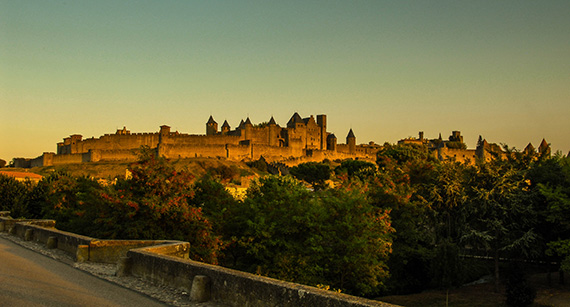
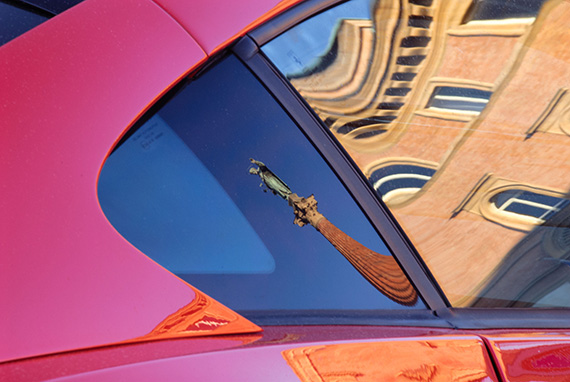
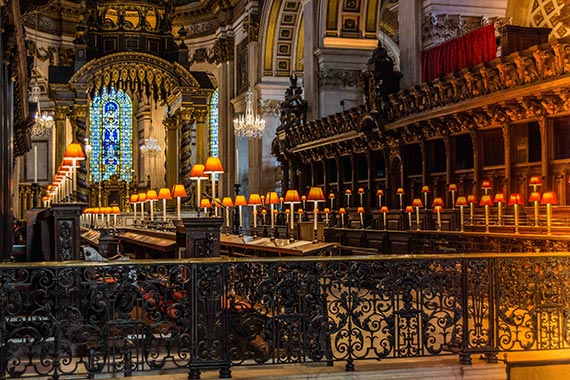
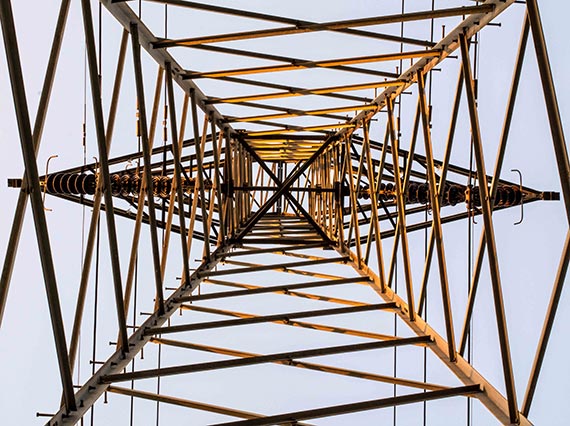
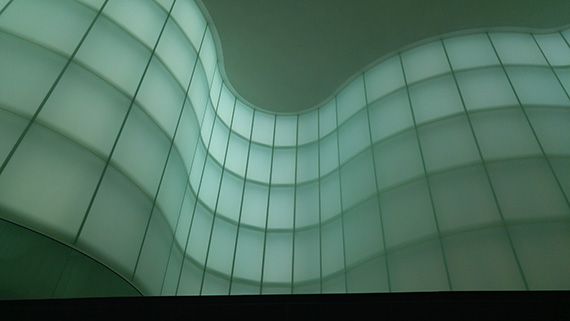
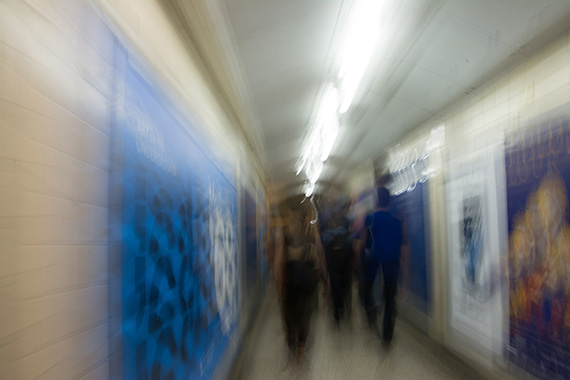

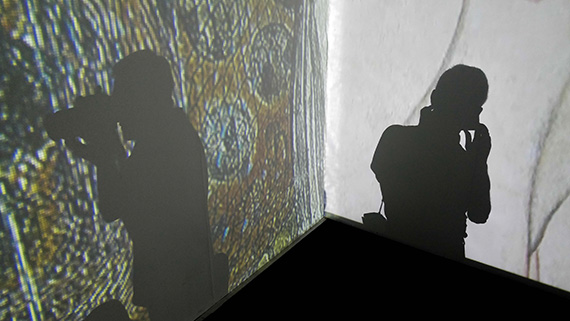
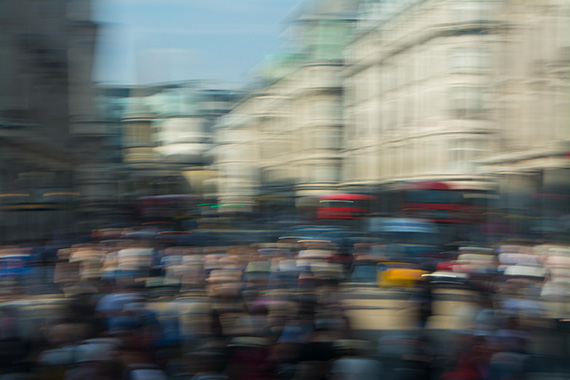
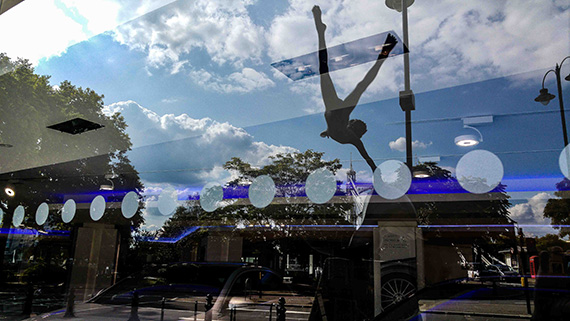






Hi there – appreciate the comments but two important paragraphs are:
The freedom of digital allows us to capture images that can be just so different from our usual style, and I am not talking about just blowing off hundreds of images in the hope that there will be one or two gems amongst the chaff.
There are literally thousands (millions?) of mindless images taken and uploaded every day. As photographers, this is not what we would want to do. Before every image that we take, we should just ask ourselves: Why am I taking this? Not a big in-depth personal discussion but just a quick “think about” before pressing the shutter button.
The article is absolutely not advocating the ‘spray and pray’ approach!!
Cheers, Roger
This is a dangerous approach. “Spray and pray” doesn’t improve one’s ability to see and make a photo *before* clicking. “Why bother if I can choose a decent frame from the many?” Instead of improving your skills, you rely on the camera to do the job. It’s not much different from relying on post-processing.
It’s especially dangerous for younger, rebel-minded folks, who believe that “art is subjective” and violating the rules of composition and lighting will immediately make their shots into masterpieces. The approach you suggest only reinforces that fallacy.
I think that, in the 21st century, we casn stop calling it ‘digital’ photography. I never took a decent pictue with a film camera so don’t mourn their passing. I know people who still shoot with film, but they tend to be kinda eccentric.
In my local camera club I introduced a ‘straight out of camera’ contest which got members a bit more enthusiastic as it meant no processing or cropping other than what was available ‘in camera’. Most said it was a useful and enjoyable exercise. There were a few rules that had to be set to level the playing field for those without the post processing features of some modern, expensive cameras, but we relied mostly on common sense.
The thing is, if you are out to create a masterpiece you need to spend time researching and planning your shoot and decide which differnt angles and distances you need to be sure of geting it right, but with sports and other events, you have to make snap judgements and hope you can ‘correct it in post’.
The immediate feedback of digital photography is s double-edged sword. It encourages your to take a scattershot approach, which works fine with stationary subjects and slowly-changing or constant lighting conditions, but can leave you flat-footed when it comes to capturing the perfect instant.
I remember, in one of my old photography magazines (when “digital” rarely exceeded 2 MP), there was this exercise to develop your photographic eye. You shot one roll of film and made a contact sheet. Then you picked out ONE image, and made a poster-size enlargement that you scrutinized regularly for a week. Then you repeated the process (it was either six or eight weeks). Thing is, you NEVER made ANY other prints from this exercise. EVER.
I didn’t have the money (or lab access) for such an exercise. I do have a lot of film that has only ever had the “with processing” snapshot print made from the negative. And, while I’ve moved into lots of type of photography that I wouldn’t have risked so much film on back in the day (like panning shots and “conceptual” exposures), I’ve also noticed that my proportion of strong shots to mediocre ones has actually fallen since the majority of my photography has become digital. I was probably willing to enlarge maybe 1 in 50 film exposures, and with digital, probably 1 in 120–and that’s only because I’m salvaging a lot of those with PhotoShop.